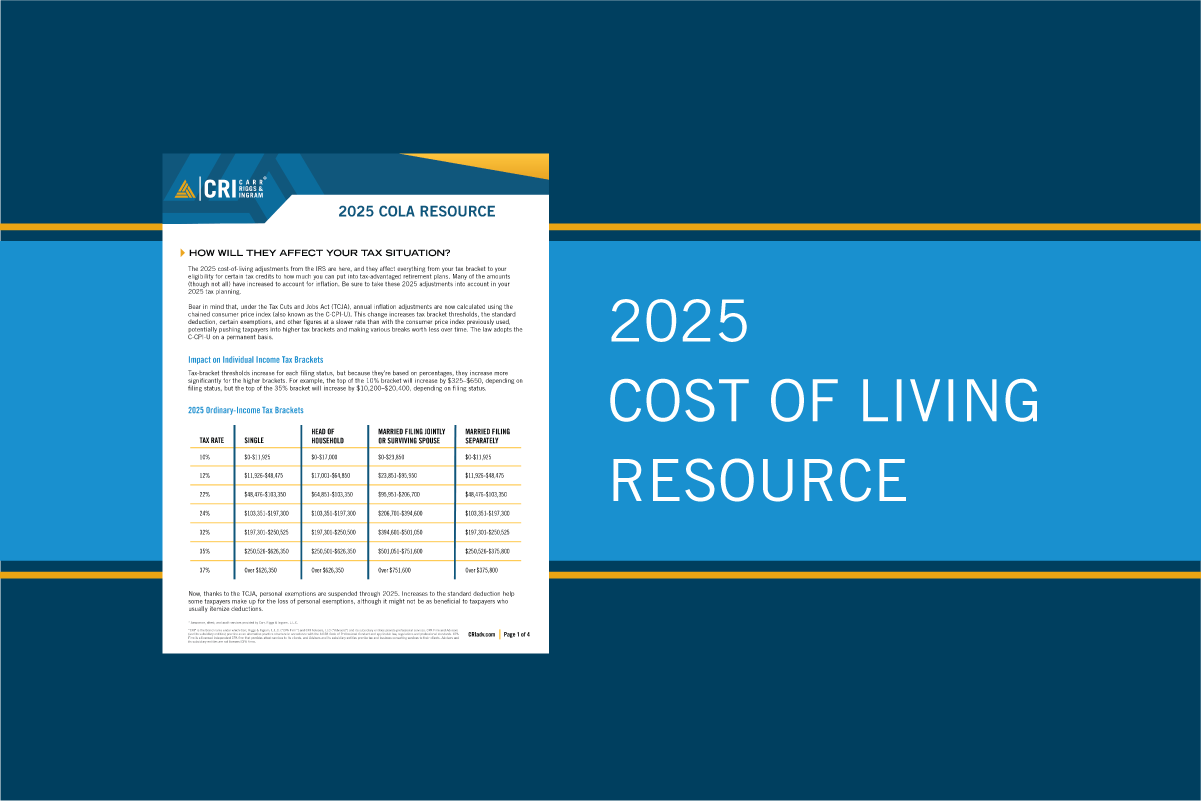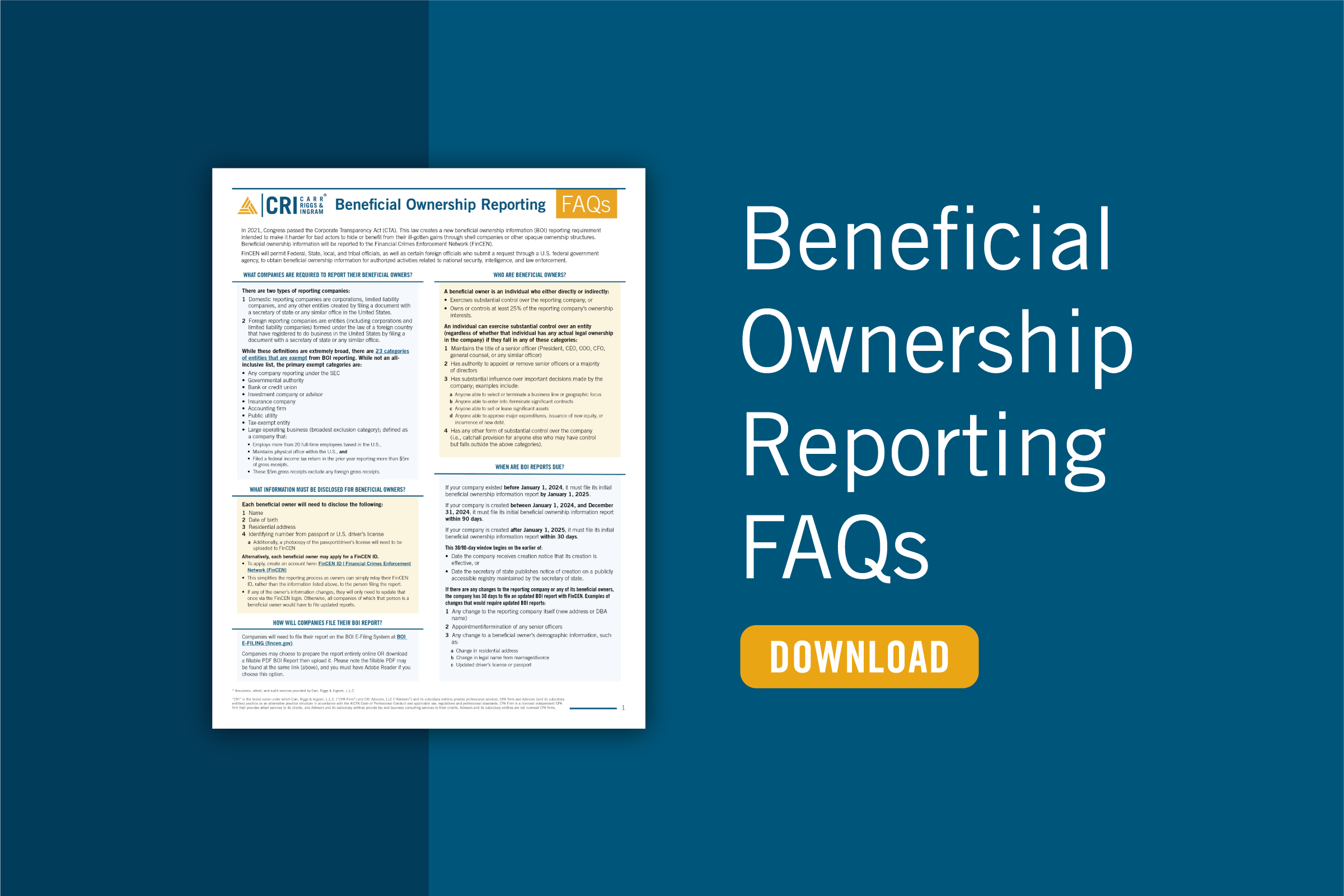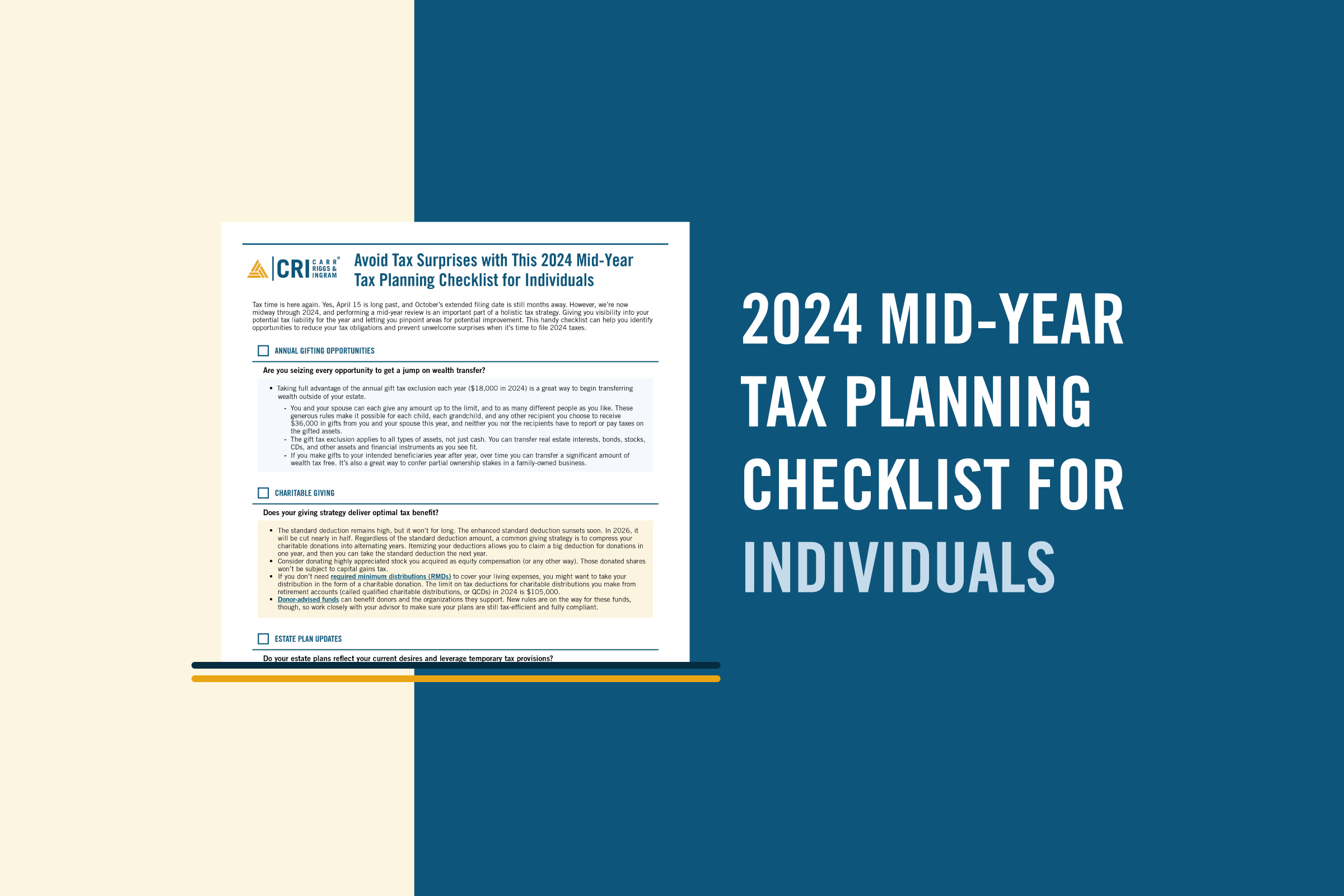Navigating the Asset vs. Stock Decision for S Corporations
- Contributor
- Jeff Hawkins
Aug 1, 2024
Many factors influence the structure of a deal, but when it comes to the tax implications of the asset vs. stock decision point, buyers and sellers tend to be on opposite sides.
With the right planning and flexibility, this tension can be alleviated. In this article, we describe two tax elections that can be used to realize some of the better components of both worlds. However, keep in mind that in both elections, the company that is the target of the sale must be a corporation — either an S corporation or a C corporation subsidiary within a consolidated group.
Section 338(h)(10) Election
The U.S. Tax Code allows certain stock purchases to be treated as asset purchases for U.S. federal income tax purposes.
When the target is an S corporation or a corporate member of a consolidated group, the purchaser and seller can make a Section 338(h)(10) election to achieve an acquisition of stock that is deemed an asset acquisition for tax purposes.
How it works: The transaction is treated (solely for tax purposes) as though the buyer creates a new corporation (“New Co”). New Co then purchases the assets and assumes the liabilities of the target corporation. Afterward, the old target corporation is liquidated by the seller. The old target recognizes gain or loss on the deemed sale of its assets, and the tax on that gain is payable by the selling consolidated group or selling S corporation shareholders.
In the case of an S corporation target 338(h)(10) event, the gain on the deemed sale of assets is reported on the final S corporation tax return. As a result, the shareholder’s basis in the stock is determined, and the resulting gain or loss on the deemed distribution of proceeds may be characterized as a reorganization, a redemption, or a liquidation.
Following the deemed asset sale, the target ceases to exist, and the consolidated group is generally not taxed on the deemed liquidation.
The buyer’s new subsidiary (old target) is able to step up the tax basis to an amount equal to the consideration paid for the stock plus the assumption of the target’s liabilities, also known as the adjusted grossed-up basis.
In addition to the step-up in basis, the 338(h)(10) election could be attractive if the buyer seeks a stock transaction for non-tax reasons. For example, this election would enable the buyer to retain the rights to favorable contracts, licenses, and trade names. It also minimizes transaction costs by avoiding the need to transfer legal titles to the target’s assets.
This acquisition strategy is best applied when the seller is intent on selling stock (for example, if the seller does not wish to navigate liquidating the corporation) and the buyer wants a step-up in basis in the assets to the fair market value. A Section 338(h)(10) election facilitates this outcome.
This election has a number of limitations:
- The purchaser must be a corporation.
- The target company must a corporation — either an S corporation or a C corporation member of a consolidated group. Stand-alone C corporation entities are not eligible.
- The buyer must acquire at least 80% of the target company’s stock.
- The new company begins with no prior tax history. Any net operating losses or other valuable tax attributes would be lost.
- This is a bilateral election made by both the purchaser and the seller, which can be logistically challenging.
- The acquirer should generally be prepared to pay more for the stock of the target than it would have paid in a simple stock acquisition. This is due to potential increased tax liability associated with the seller’s deemed asset sale treatment (ordinary vs. capital income tax character).
- Sellers cannot achieve a tax deferral on any rollover component of the transaction.
Section 368(a)(1)(F) Reorganization
If there is significant risk that the 338(h)(10) election wouldn’t work, dealmakers often consider a reorganization under 368(a)(1)(F), an election that defers taxation of gain or loss.
Also known as an F-reorganization, it is commonly viewed as a mere change in identity, form, or place of organization of one corporation. In other words, both parties get what they want — sellers like that it allows them to proceed with a stock sale, while the buyer benefits from step-up in tax basis.
How it works: F-reorganization involves converting an S corporation to an LLC by first electing as a qualified Subchapter S subsidiary (a disregarded entity for federal tax purposes) and subsequently to a single-member LLC with no U.S. federal income tax consequences.
Dealmakers may consider this election if they discover facts in due diligence that call into question the target’s eligibility for an S election, such as an invalid initial S election or disproportionate distributions. This concern for buyers is especially prevalent when considering the election for a target company of a Section 338(h)(10) transaction. If the target corporation’s S election was inadvertently invalidated at any point in time before the transaction closing date, the buyer will have acquired the stock of a C corporation, which will jeopardize the effectiveness of the Section 338(h)(10) election. Restructuring of S corporation targets using 368(a)(1)(F) is an effective strategy to mitigate that potential risk.
Non-tax factors, such as state regulatory or licensing issues, may also drive the need for pre-transaction restructuring. Keep in mind, for the transaction to be tax-free, you must have a valid business purpose for the reorganization other than the avoidance of tax.
Private equity investors often favor F-reorganization. For one thing, many private equity buyers use LLC entities as the acquiring entity, which precludes them from using Section 338(h)(10). Also, private equity investors often require selling shareholders to retain a portion of ownership in the company post-transaction. F-reorganization allows selling shareholders to defer tax on these equity rollovers.
Seek Qualified M&A Tax Guidance
Section 338(h)(10) election and F-reorganization can both be used to achieve a mutually beneficial transaction. However, they are only appropriate in a specific set of circumstances. Consult your CRI tax advisor to discuss whether one of these options is right for your transaction.























































































































































































































































































































































































































































































